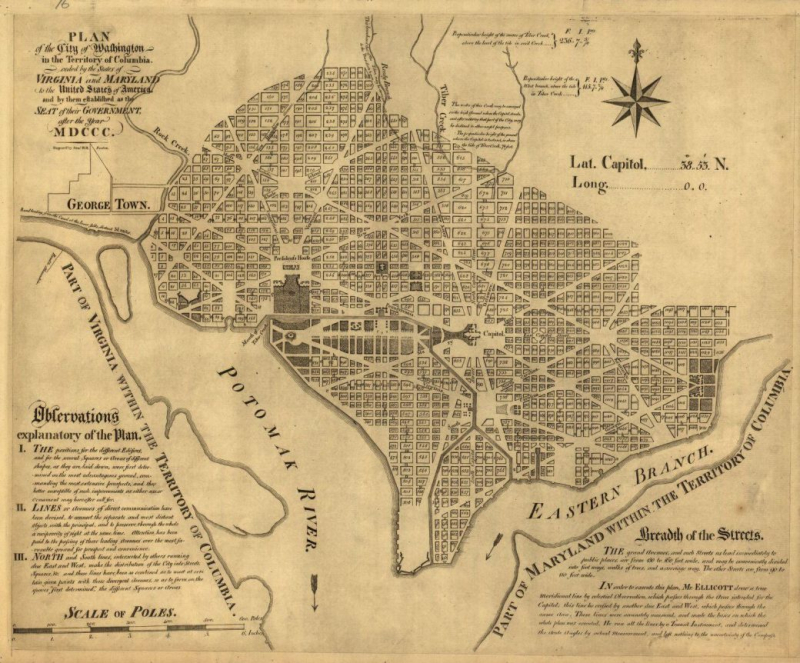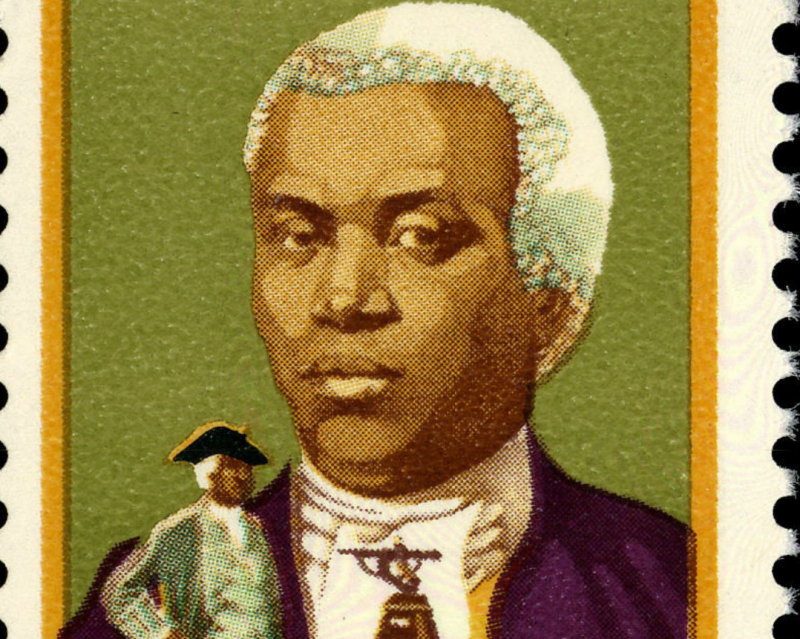He Assisted In Surveying Land For The Capital City Of The United States
There was just as much discussion about the size and design of the new federal capital when the United States ratified the Constitution in 1789 as there was about the other issues facing the young country. Some feared that the nascent republic's cohesiveness would be destroyed before it even got off the ground due to the ferocious debate about where it should be established, whether it be in Boston, Philadelphia, or New York.
Pierre Charles L'Enfant wrote to George Washington asking to be hired to design the federal city even before the site of the new federal capital specified in the Constitution was chosen. When Congress passed the Residence Act of 1790, which established the Potomac River as the permanent location for the capital, he received his wish.
Benjamin Banneker was chosen and included in the team, or the District of Columbia Commission, that Major Andrew Ellicott led to survey the site for the US capital city in 1791. It then changed its name to Washington, DC. It was Benjamin's responsibility to make astronomical calculations and observations. Unfortunately, his condition prevented him from finishing his task.
Banneker had to recreate the entire city plan from memory after Pierre Charles L'Enfant resigned and left the commission, but it saved him a lot of time. Being a member of that group allowed Banneker, a free black man living in a country where slavery was still legal, to use his knowledge and abilities to refute the notion that blacks were a less-than-equal race. The degree of Banneker's contributions to the planning and construction of the US capital may be contested in some quarters, but it is well known that he was a key player in the massive undertaking.










